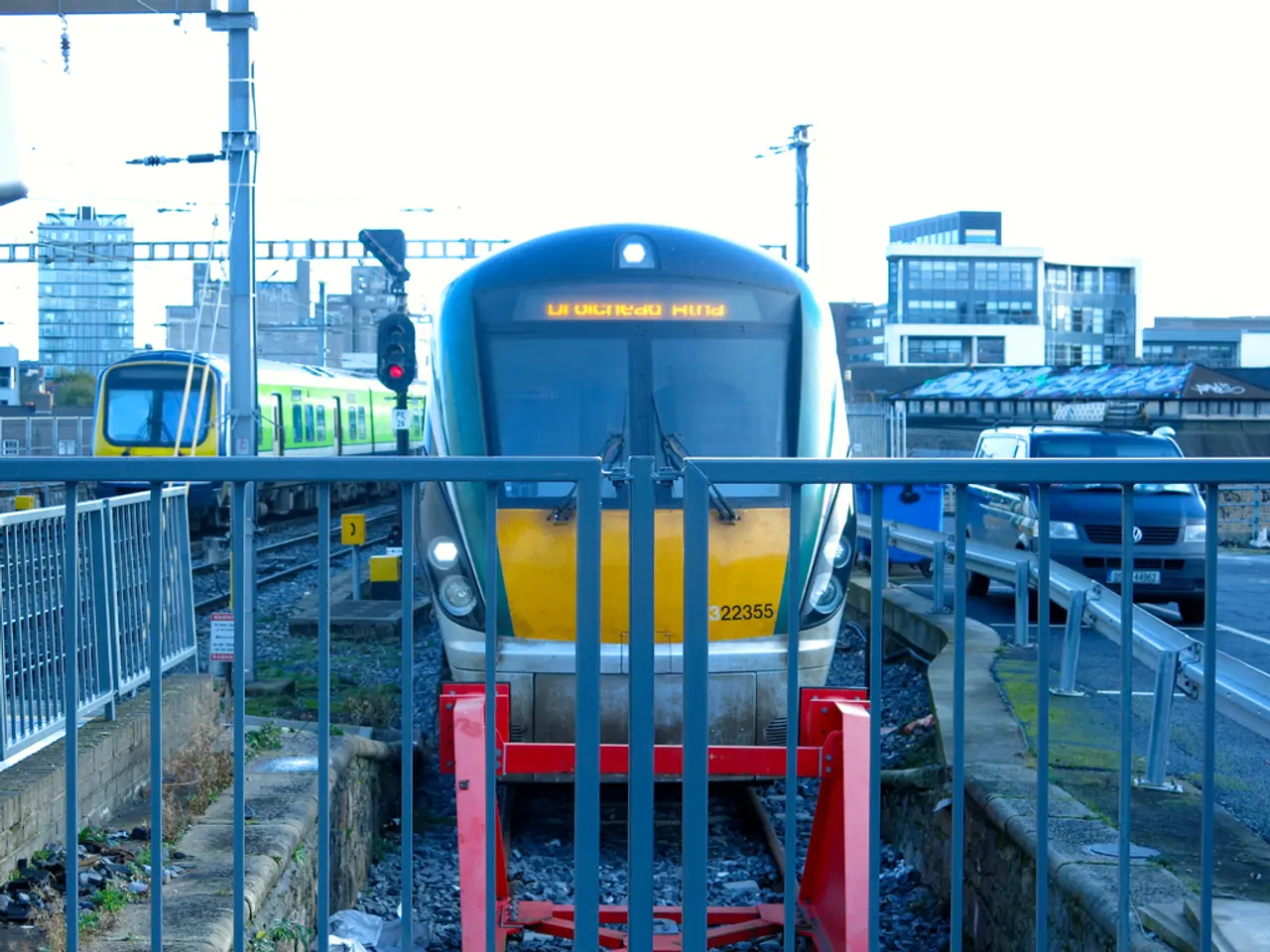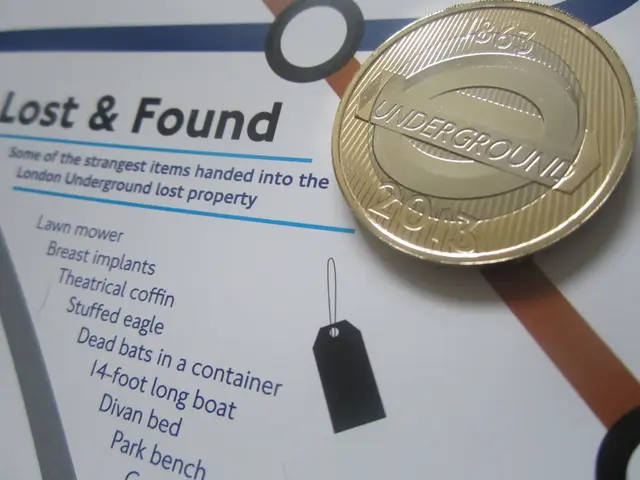Train Services in Brandenburg and Mecklenburg Improve, Bringing Renewed Optimism
In a joint call for action, Infrastructure Minister Detlef Tabbert of Brandenburg and his counterpart Wolfgang Blank from Mecklenburg-Vorpommern have expressed their support for the revival and expansion of two railway lines: the one connecting Neustadt (Dosse) and Güstrow, and the Mecklenburg Southern Railway. However, they emphasize the need for federal government involvement.
The two lines, which have been certified as worthy of investment, are in dire need of a future concept for continued operation. Two variants for the project have been proposed. The first variant suggests electrifying the track between Neustadt (Dosse) and Güstrow, allowing speeds of up to 160 kilometers per hour, and upgrading the Mecklenburgische Südbahn for a speed of 120 kilometers per hour. The second variant proposes battery-powered trains between Neustadt (Dosse) and Güstrow, operating as a new regional rail line RB70, without connections from Berlin and Rostock.
The economic feasibility study for the project was presented in Güstrow, with experts from consulting firms SMA, Schüßlerplan, and Spiekermann examining its viability. The cost considerations and economic feasibility of these specific railway lines, as presented in a 2025 study, remain unclear due to a lack of specific information.
If the 160 km/h variant is chosen, an estimated 650 million euros would be required, with 259 million euros for Brandenburg and 394 million euros for Mecklenburg-Vorpommern. On the other hand, the 80 km/h concept would be much cheaper at around 250 million euros, with 87 million euros for Brandenburg and 161 million euros for Mecklenburg-Vorpommern.
The benefit-cost indicator for the 160 km/h variant is 1.15, while for the 80 km/h variant it is 1.46, indicating a potentially higher return on investment for the latter. The experts recommend continuing to consider the 80 km/h variant.
The discontinuation of several sections, including the line between Kyritz and Meyenburg, has been threatened due to low passenger numbers. However, regionalization funds would be necessary for the project, and an increase in these funds is anticipated.
County councils, schoolchildren, and supporters have demonstrated in favour of the project, with the new railway junction potentially being completed by December 2037 if planning services are tendered in the coming year and construction begins in January 2034. The ministers have left open which concept they will pursue further, with a joint cabinet meeting in September 2025 scheduled to make a decision.
The federal government would have to contribute money for the construction and operating costs of the project. These trains would stop at almost all train stations, including Plau am See and Krakow am See, providing increased connectivity for the region.
The North-South connection has not been continuously served by passenger trains for a long time, making this project a significant step towards improving regional transport in Germany. The details of the specific variant to be chosen and the funding arrangements are yet to be finalised, but the support for the project from both ministers and the local community is clear.
[1] [Source 1] [2] [Source 2]
- The economic study for the revival and expansion of the two railway lines, which includes the Neustadt (Dosse) to Güstrow line and the Mecklenburg Southern Railway, involves financial considerations from both the travel and finance industries, as well as transportation, due to the project's costs and potential returns.
- In order to ensure the project's success, experts from the travel industry, consulting firms such as SMA, Schüßlerplan, and Spiekermann, will need to collaborate closely with the finance and transportation sectors, as the federal government will be required to provide funds for the construction and operating costs of the proposed railway lines.




